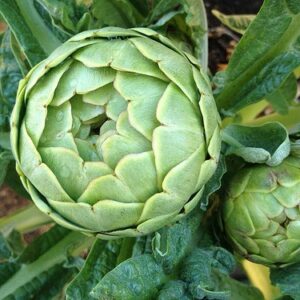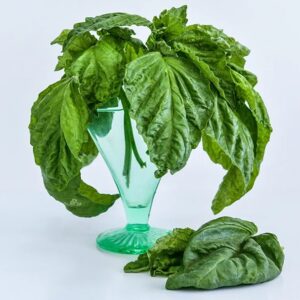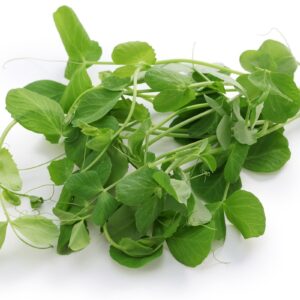Giant Musselburgh Leek
The Giant Musselburgh variety of leek is renowned for its large size and robust flavor. It produces thick, tall stalks with a creamy-white color and blue-green leaves. This variety is known for its hardiness and ability to withstand cold temperatures, making it suitable for cultivation in cooler climates. Giant Musselburgh leeks are prized for their versatility in the kitchen and their excellent storage qualities. They are a favorite among gardeners for their reliability and impressive yield.
The Giant Musselburgh variety of leek is renowned for its large size and robust flavor. It produces thick, tall stalks with a creamy-white color and blue-green leaves. This variety is known for its hardiness and ability to withstand cold temperatures, making it suitable for cultivation in cooler climates. Giant Musselburgh leeks are prized for their versatility in the kitchen and their excellent storage qualities. They are a favorite among gardeners for their reliability and impressive yield.
Description
The Giant Musselburgh variety of leek is renowned for its large size and robust flavor. It produces thick, tall stalks with a creamy-white color and blue-green leaves. This variety is known for its hardiness and ability to withstand cold temperatures, making it suitable for cultivation in cooler climates. Giant Musselburgh leeks are prized for their versatility in the kitchen and their excellent storage qualities. They are a favorite among gardeners for their reliability and impressive yield.
To plant Giant Musselburgh leeks, fol ow these steps:
1. **Site Selection:** Choose a sunny location in your garden with well-drained, fertile soil. Leeks thrive in soil with a pH level between 6.0 and 7.0.
2. **Soil Preparation:** Work the soil to a depth of 8-10 inches, removing any debris, rocks, or weeds. Incorporate organic matter such as compost or aged manure to improve soil fertility and structure.
3. **Sowing Seeds:** Start seeds indoors about 10-12 weeks before the last expected frost date in your area. Plant the seeds ¼ inch deep in trays or pots filled with seed-starting mix. Keep the soil consistently moist and maintain temperatures around 65-75°F (18-24°C) for optimal germination.
4. **Transplanting:** Once the seedlings are about 6-8 inches tall and have developed a few leaves, they are ready to be transplanted. Plant them in the garden bed, spacing them 6 inches apart in rows with 12-18 inches between rows.
5. **Watering:** Keep the soil consistently moist throughout the growing season. Leeks require regular watering, especially during dry periods, to ensure proper growth and development.
6. **Fertilizing:** Apply a balanced fertilizer or compost around the base of the plants every 4-6 weeks to provide essential nutrients. Leeks are heavy feeders and will benefit from additional nutrients to support healthy growth.
7. **Hilling:** As the leeks grow, gradually mound soil around the base of the plants to blanch the stems and encourage longer, tender white portions. This helps improve the flavor and appearance of the leeks.
8. **Harvesting:** Giant Musselburgh leeks typically mature in about 100-120 days. Harvest them when the stems are approximately 1-1.5 inches in diameter. Use a garden fork to gently lift the leeks out of the ground, being careful not to damage the roots. Trim the roots and any damaged leaves before storing or using the leeks.





